A Practical Guide for Industrial and Healthcare Settings
Introduction
Workplace safety risk assessment is a critical, structured process that underpins safe operations in every industry-from glove manufacturing to healthcare. Effective risk assessment not only fulfills regulatory obligations but also drives business resilience, operational continuity, and workforce well-being. This article details the leading risk assessment methods, their implementation, and their relevance across industrial and healthcare environments.
Why Risk Assessment Is Essential
Risk assessment is a systematic process for identifying workplace hazards, evaluating their associated risks, and determining effective controls. Its key benefits include:
Preventing injuries, illnesses, and fatalities
Reducing operational downtime and legal liabilities
Ensuring compliance with safety regulations (e.g., OSHA, ISO 45001)
Enhancing employee morale and engagement
Supporting continuous improvement and organizational learning
Common Workplace Hazards
A robust risk assessment starts with recognizing hazard categories:
Physical hazards: machinery, noise, temperature extremes, repetitive motion
Chemical hazards: exposure to cleaning agents, solvents, latex allergens
Biological hazards: bacteria, viruses, mold (especially in healthcare)
Ergonomic hazards: poor workstation design, manual handling
Psychosocial hazards: stress, violence, fatigue
Leading Risk Assessment Methods
Method | Description | Best For |
Qualitative Risk Assessment | Rates severity and the likelihood of hazards using descriptive scales (e.g., low/medium/high). | General workplace assessments, initial evaluations |
Quantitative Risk Assessment | Assigns numerical values to risk (probability × severity), enabling data-driven decisions. | High-risk industries, investment decisions |
Job Safety Analysis (JSA/JHA) | Breaks down tasks into steps, identifies risks per step, and prescribes controls. | Manual work, maintenance, machine operation |
Failure Modes and Effects Analysis (FMEA) | Proactively identifies potential failure points, ranks by severity, occurrence, detection. | Manufacturing, quality control, ISO 13485 compliance |
What-If Analysis | Team-based brainstorming of "what if" scenarios to uncover potential failures. | Design changes, new equipment, risk workshops |
Checklists and Inspection Audits | Use standardized checklists for routine safety inspections and compliance audits. | Routine inspections, compliance monitoring |
Generic, Site-Specific, and Dynamic Assessments | Adapt risk assessment to general, location-specific, or rapidly changing situations. | Varies by context; often combined for best results |
Best Practices for Workplace Risk Assessment
Conduct Voluntary Assessments: Go beyond minimum legal requirements-proactive assessments reduce both safety and business risks.
Use Structured Forms: Well-designed, workplace-specific forms ensure thorough and efficient assessments.
Involve Frontline Personnel: Workers provide critical insights into real hazards and foster a safety-first culture.
Act on Findings: Implement recommended controls-risk assessments are only valuable if followed by action.
Review Regularly: Update assessments after incidents, changes, or periodically to ensure ongoing relevance.
Step-by-Step Risk Assessment Process
Identify Hazards: Inspect the workplace, review past incidents, and consult staff.
Identify Who Might Be Harmed and How: Consider all individuals exposed to hazards, including visitors and contractors.
Evaluate Risks: Assess the likelihood and severity of each hazard; prioritize accordingly.
Decide on Controls: Apply the hierarchy of controls-Elimination, Substitution, Engineering, Administrative, and PPE.
Assign Responsibility and Timeline: Document who implements each control and by when.
Record and Communicate Findings: Maintain clear documentation and share outcomes with relevant stakeholders.
Monitor and Review: Regularly revisit and update assessments, especially after changes or incidents.
Integrating Risk Assessment with ISO Standards
ISO 13485 (Medical Devices): Mandates a documented, lifecycle-based risk management process for manufacturers, including glove producers.
ISO 45001 (Occupational Health and Safety): Embeds hazard identification, risk assessment, and control planning into the core management system for all workplaces.
ISO 31000/IEC 31010: Provides universal principles, guidelines, and techniques for risk management across sectors, promoting consistency and clarity in risk processes.
Adhering to these standards not only ensures compliance but strengthens a proactive safety culture and operational excellence.
Conclusion
Risk assessment is a dynamic, ongoing process-essential for protecting people and assets in any workplace. By selecting and applying the right risk assessment methods, organizations can anticipate hazards, implement effective controls, and foster a culture where safety is a strategic advantage, not just a compliance checkbox.

